Science & Technology Engagement
and Analysis Division
Accelerate and expand the boundaries of scientific discovery and technology transition through collaborative innovations, robust analyses, educational enrichment, and effective partnerships.
Kate Klemic Ph.D.
Director of Science & Technology Engagement & Analysis
Jackie Oldenburg
Associate Director of Science & Technology Engagement & Analysis
Innovation Centers
Powered by VT-ARC, the Basic Research Innovation Collaboration Center (BRICC) Partnership Intermediary Agreement provides collaborative environments that support our sponsors’ technology transformation missions. Our facilities are equipped to help our sponsors engage with the S&T community and collaborate on innovative technology solutions for the future force. The collaboration spaces are designed to meet the specific needs of each partner, with unique offerings such as classified workspace or shared laboratory space.
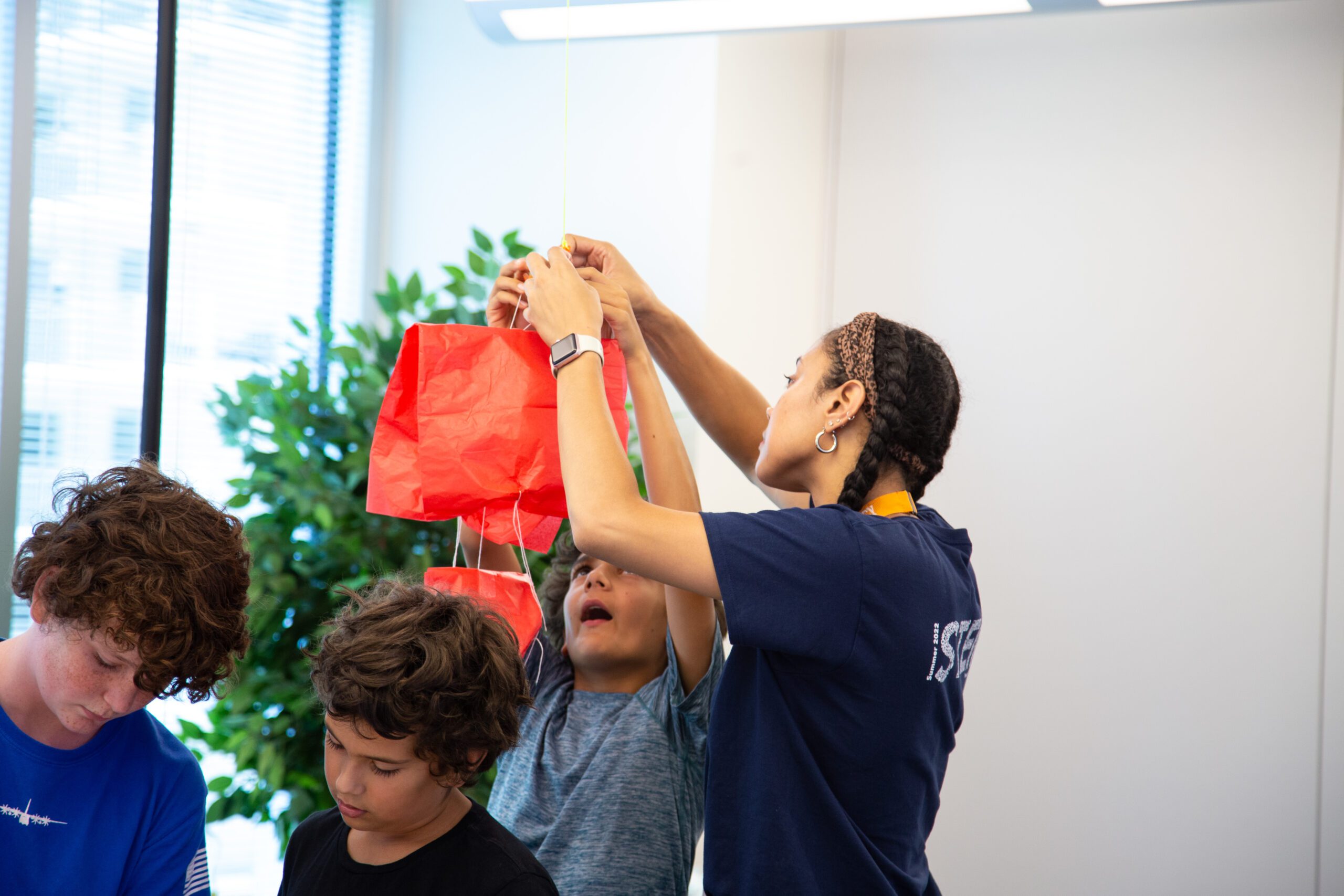
Basic Research Innovation Collaboration Center (BRICC)
The BRICC offers 10,000 sqft with four reconfigurable conference rooms that are equipped for in-person and hybrid events up to the CUI level. This facility is located in downtown Ballston with convenient access to hotels, restaurants, and the Metro. The BRICC can host a range of events and workshops up to 120 guests in the largest room.
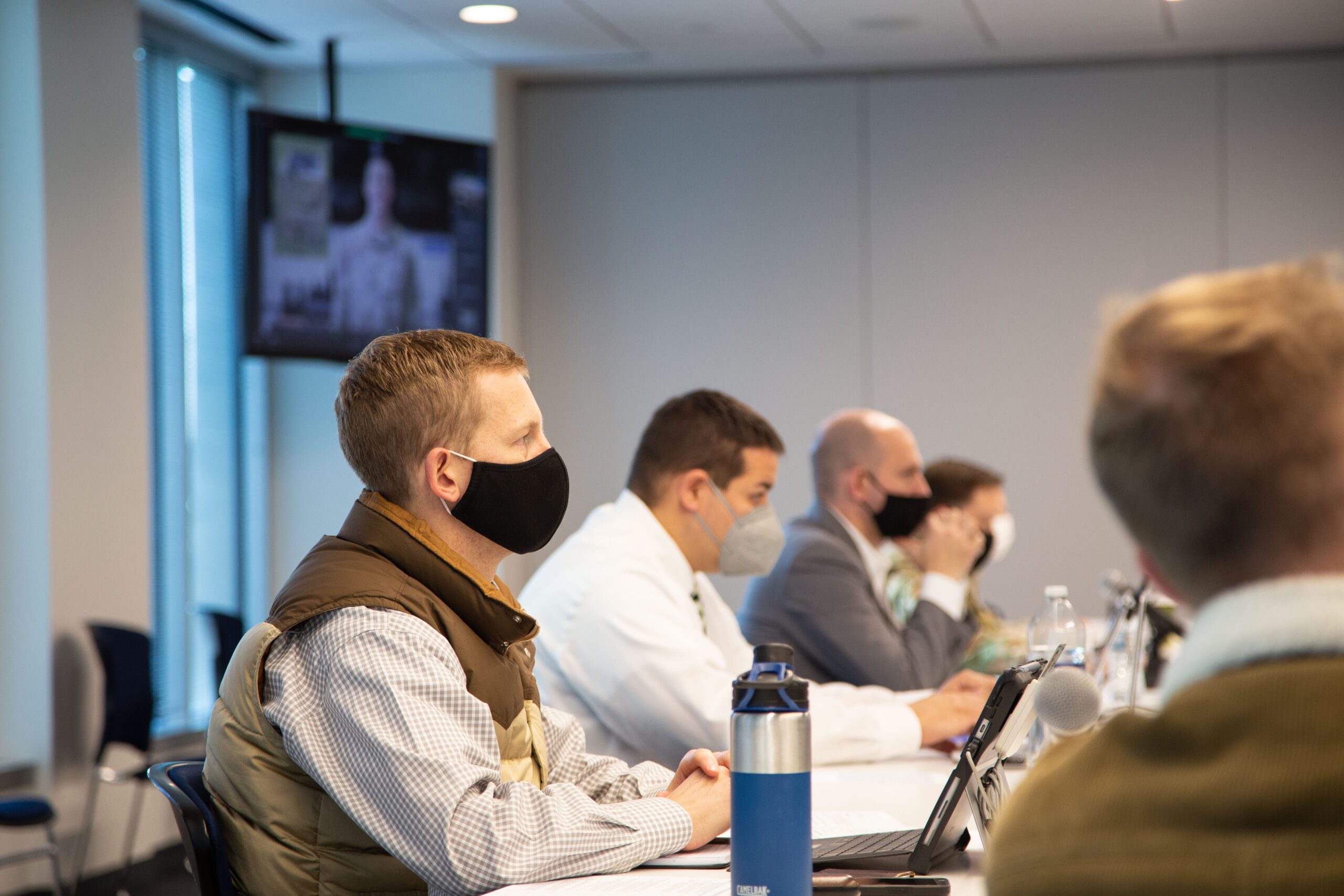
AFWERX
The Innovation space is 1,000 sqft conference room that is equipped for in-person and hybrid events up to the CUI level. This facility is located within the BRICC.
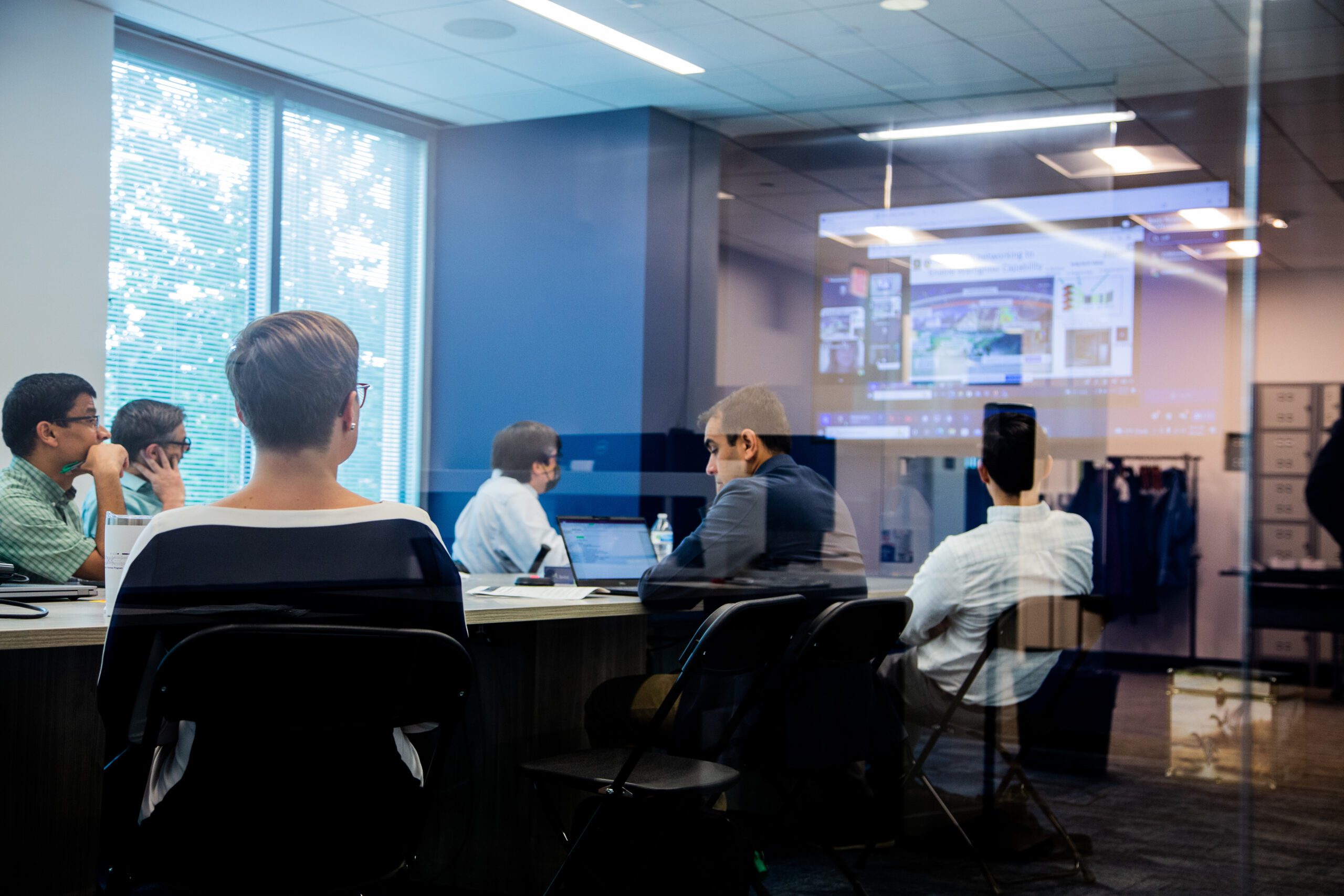
Future Force Collaboration Center (F2C2)
The F2C2 offers 10,000 sqft of conference space, including two board rooms and a large reconfigurable event room that seats up to 140 guests. This space can support events up to the Secret Collateral level. The facility is located in downtown Ballston with convenient access to hotels, restaurants, and the Metro.
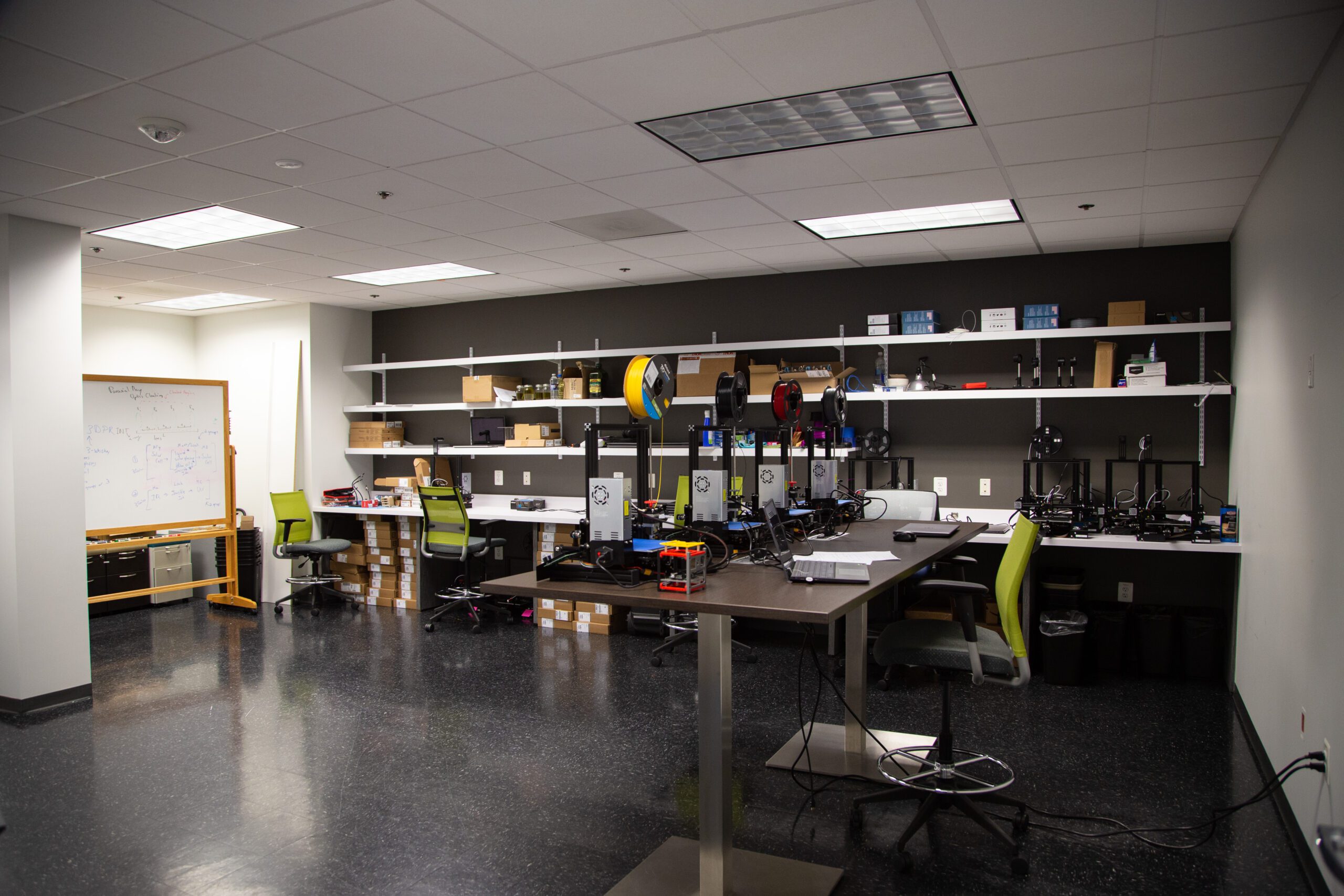
Center for Advancing Science, Technology, Learning, and Engagements (CASTLE)
The CASTLE offers nearly 10,000 sqft of collaboration space located in Chantilly VA. This facility can support events up to the CUI/FOUO level. The CASTLE has a unique laboratory available to support STEM and workforce development events. The lab offers 3-D printers, AR/VR capability, 4x8ft Optics Table, solder stations, 70W laser cutter, and desktop CNC machine.
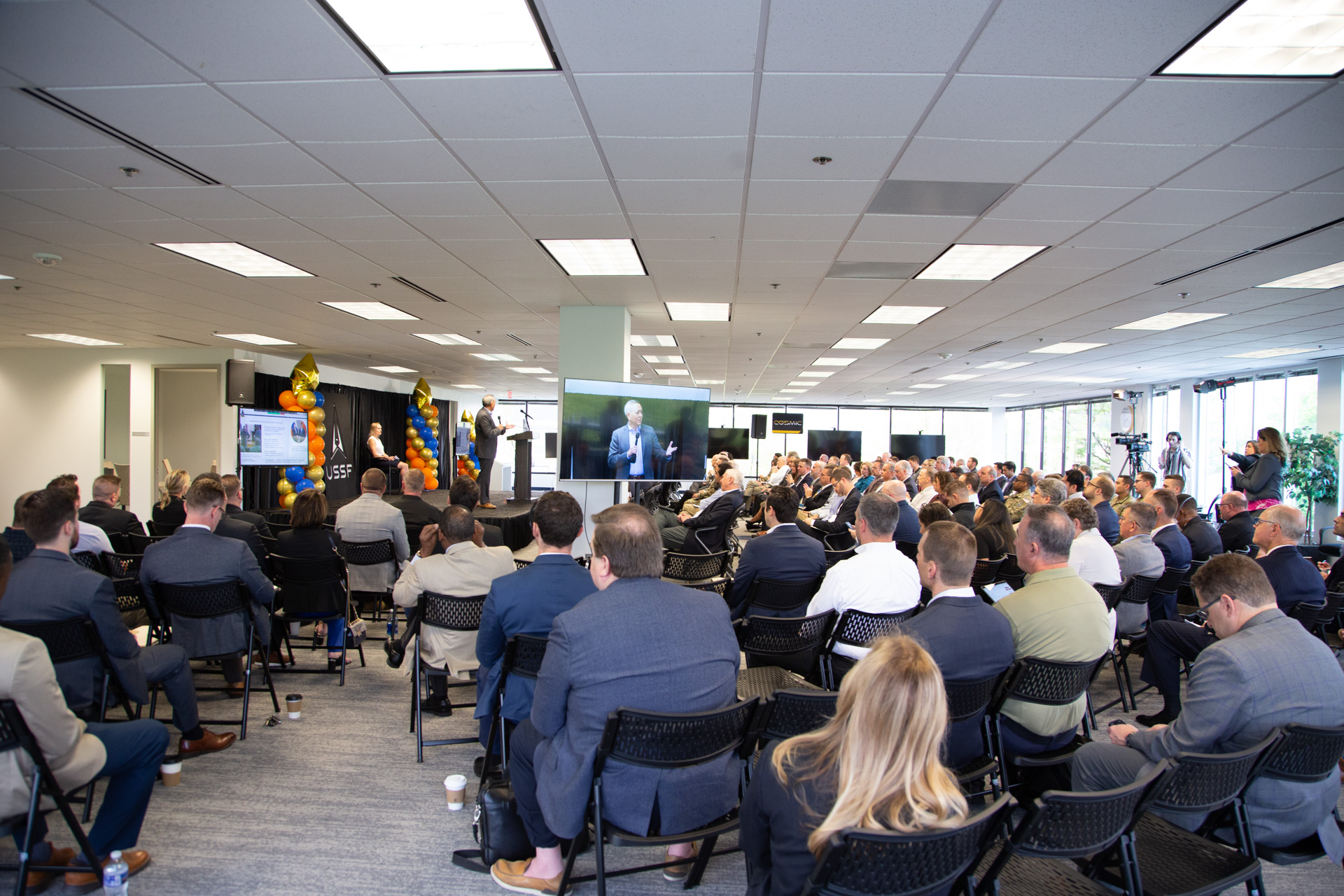
Commercial, Space, Marketplace, for Innovation, and Collaboration (COSMIC)
The COSMIC facility space supports 10,000 sqft of reconfigurable meeting space, including one large boardroom, two classrooms, a lab, podcast room, and one large event hall.
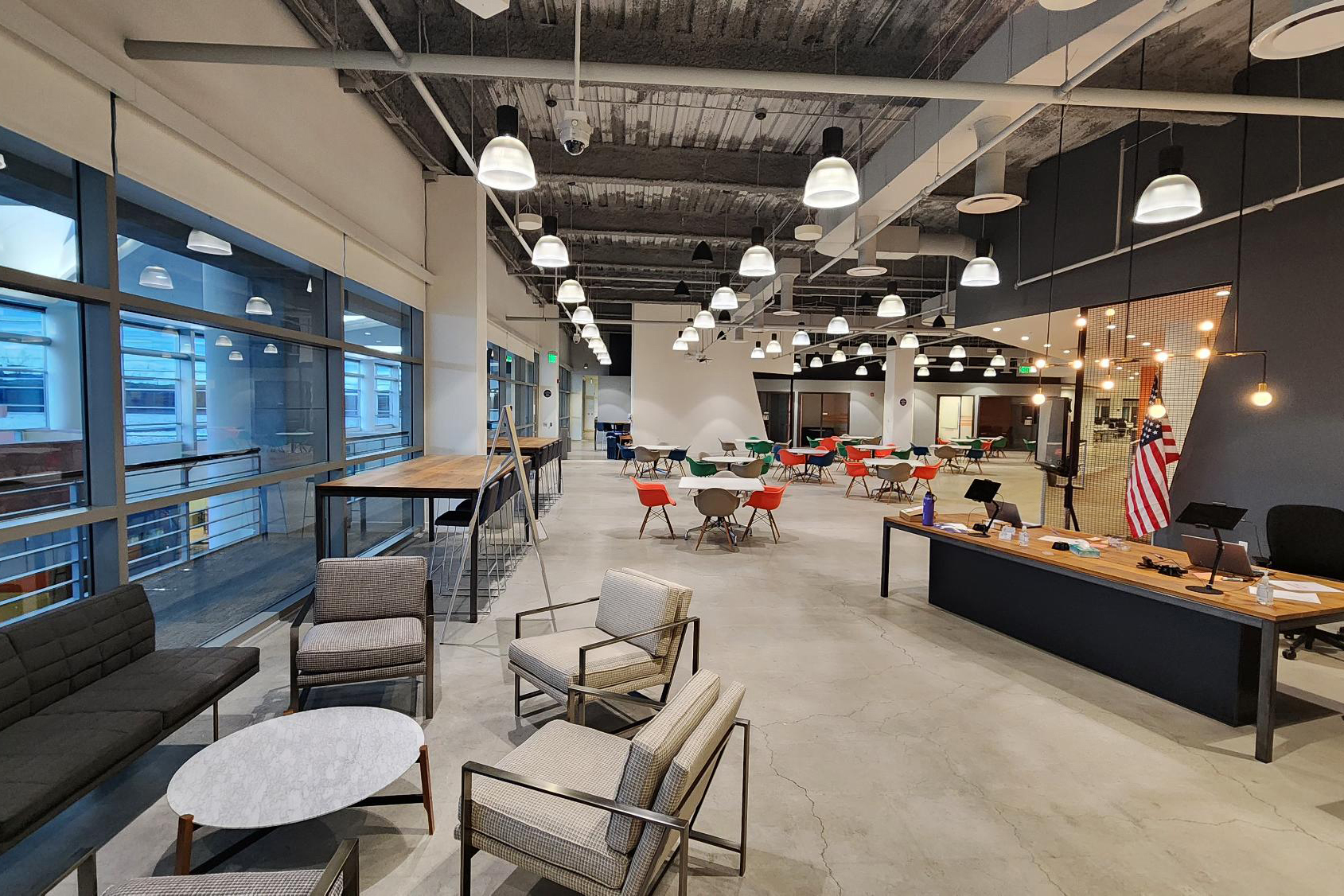
Innovation Hub
The Innovation Hub supports Space Systems Command, SSC and their mission partners, in T3 with the local operations environment. Allows academics in 6.1 to participate with operators and industry. Over 67,000 sqft of working space with a large conference room, and a command center for teleconferencing. There are roughly 40 offices that can be reserved. It employs a completely integrated AV system allowing for event style meetings in the reconfigurable open area.
Areas of Focus
S&T Analytics
STEAD’s team of data analysts and data scientists leverage an array of in-house analytics tools to monitor and analyze the expansive S&T innovation landscape. We identify, investigate, and exploit research and technology transition opportunities using a range of capabilities including data engineering, scientometrics, market scanning, mission engineering, operational analysis, and more. Our analyses provide insights on emerging trends, key players, and S&T impacts.
Technology Collider Events
STEAD hosts virtual and in-person Technology Collider events that gathers representatives from across the DoD/federal agencies, industry, and academia. Our S&T analytics identifies individuals and organizations who have the technology interest and expertise and then we utilize our targeted marketing approaches and facilitation expertise to get the “right people in the room” and make each event a success.
Technology Forecasting
STEAD specializes in technology forecasting workshops that gather subject matter experts from across industry, academia, and government agencies to examine emerging research and engineering areas like AI, quantum science, and wireless networks critical to the future technology capabilities. We leverage our S&T analytics to identify thought leaders across academia, industry, and government to invite to the workshops and utilize design thinking principles to gather insights that are synthesized into a research trajectory that empowers decision makers to identify and seize potential opportunities.
STEM and Workforce Development
STEAD provides extensive STEM and workforce development programming to inspire the future workforce and upskill the current workforce needed to meet tomorrow’s national security challenges. Our hands-on STEM and “Train-the-Teacher” opportunities inspire the next generation of scientists and engineers. Our professional development training leverages expertise from academia and industry to strengthen the technical and non-technical skills of today’s S&T workforce.
Program Highlights
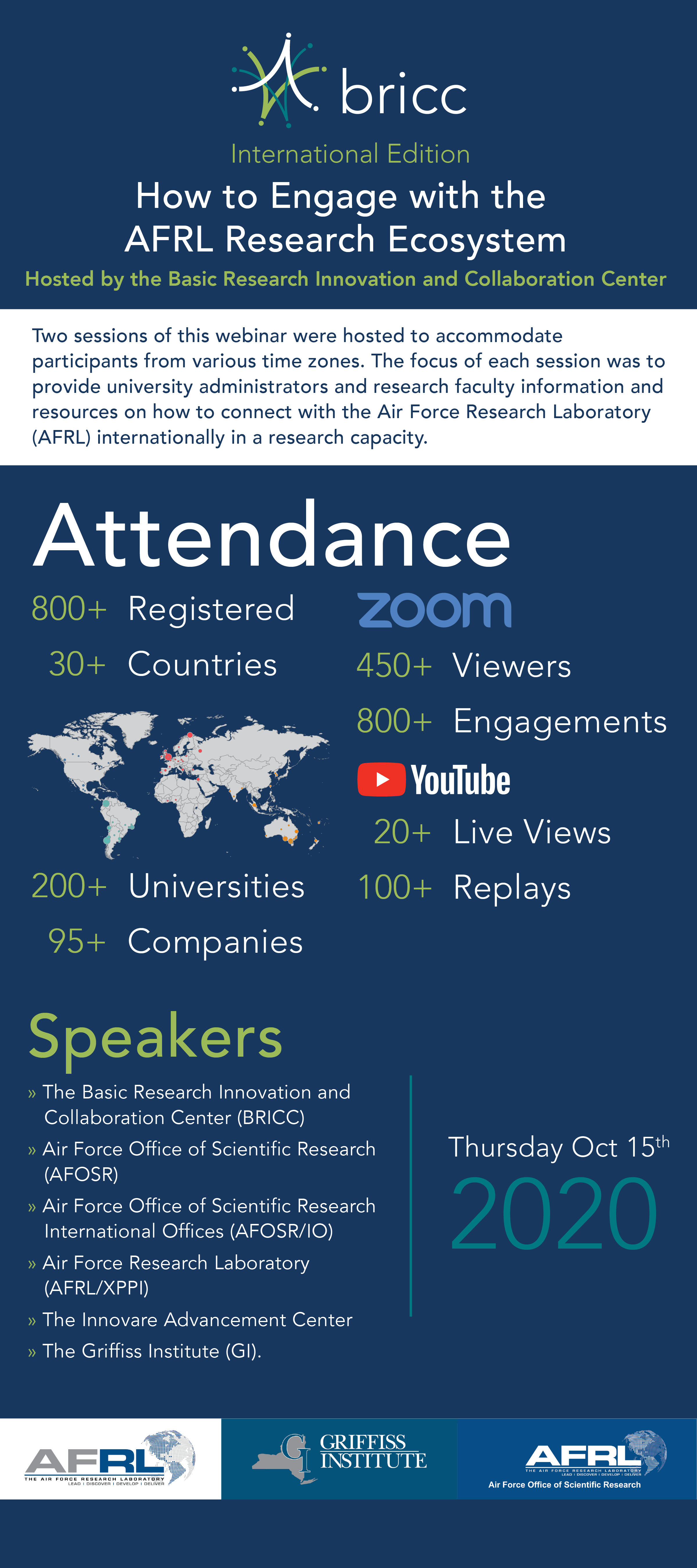
The “How to Engage with the AFRL Research Ecosystem” outreach series provides university administrators, research faculty, industry and small businesses, and other interested parties information and resources on how
to connect with AFRL/AFOSR.
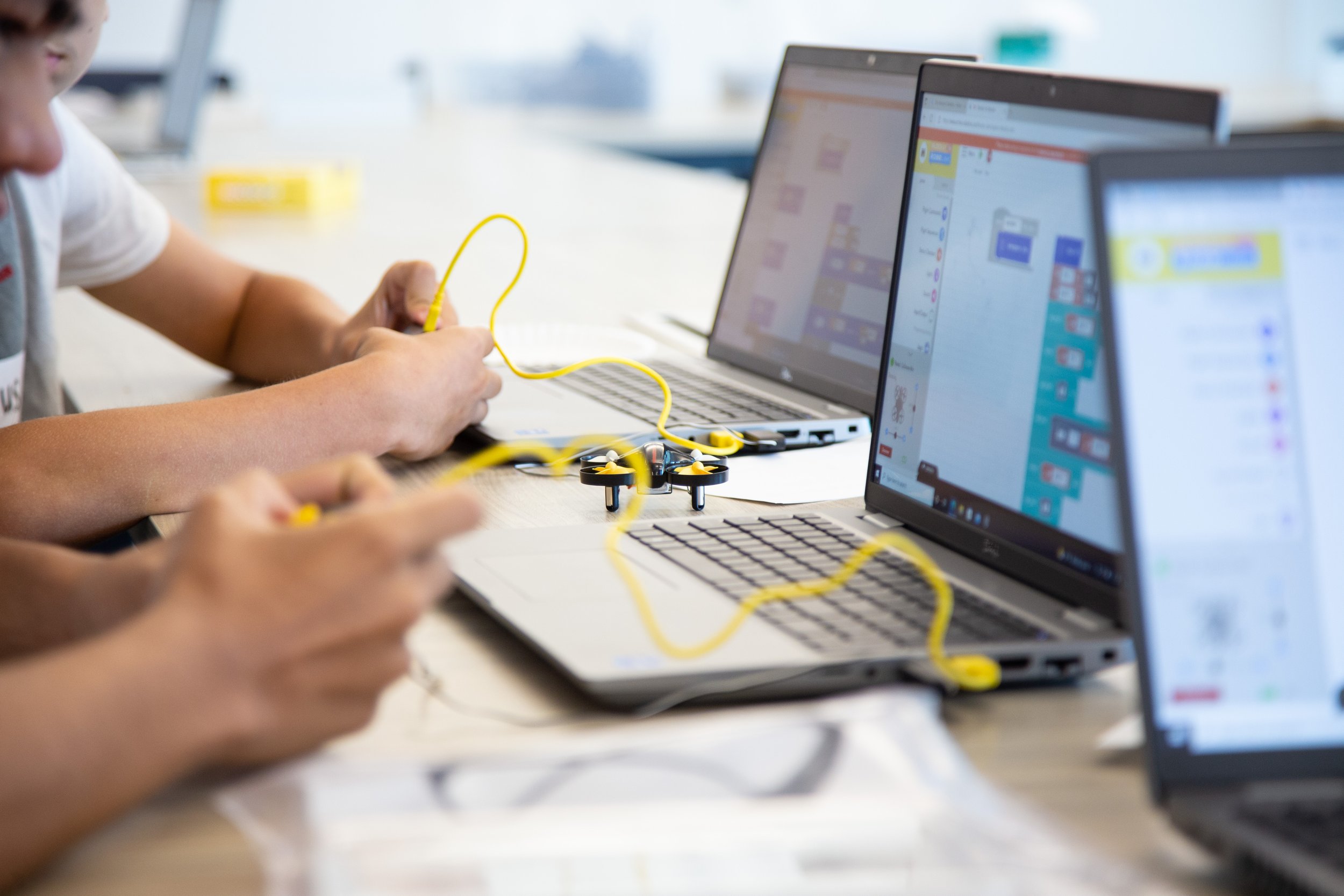
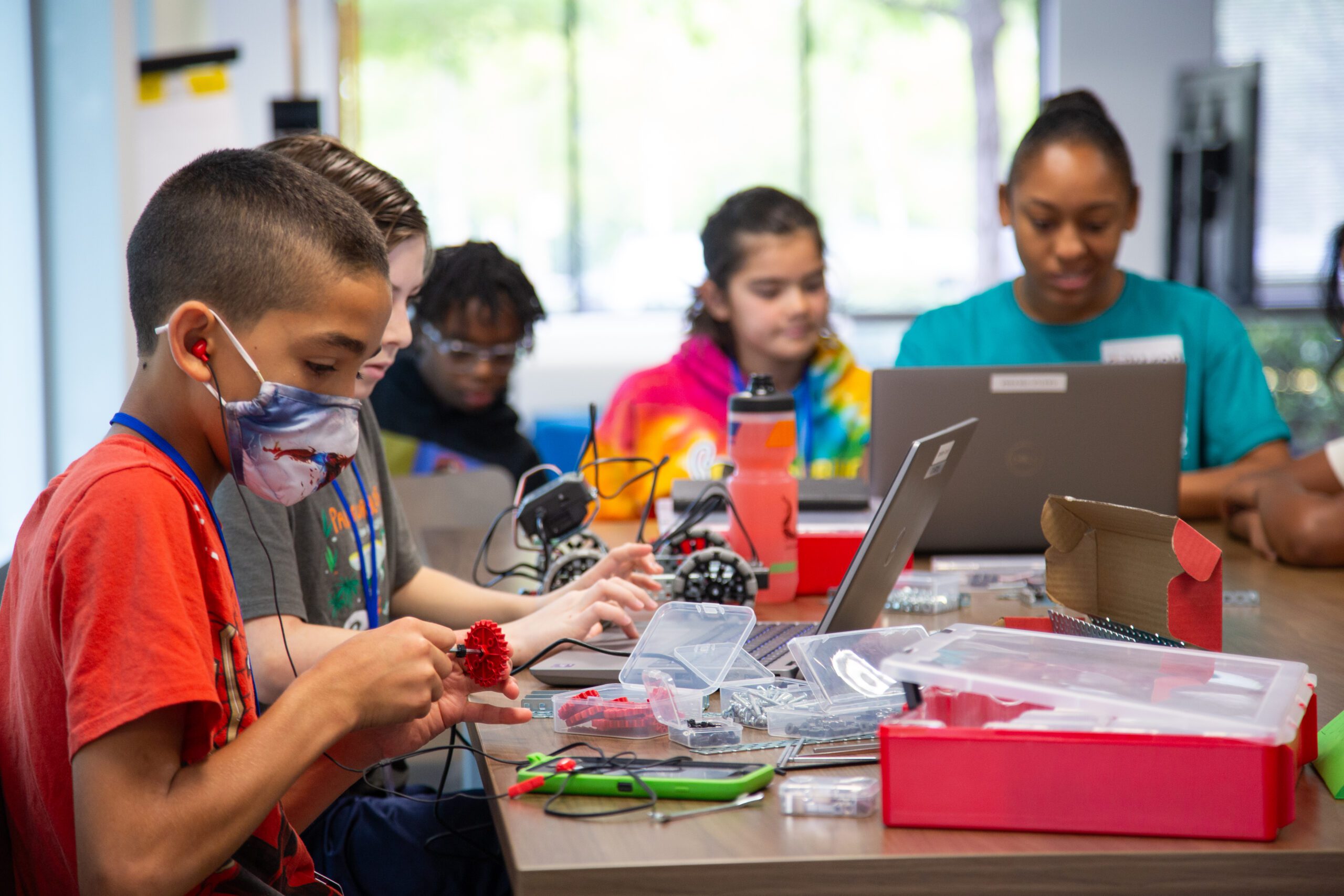
We provide opportunities for the next generation of scientists and engineers to investigate real-world U.S. Air Force challenges. Our practical and hands-on educational experiences provide students with technical skills required for the workforce.
Drone Camp
Drone Camp is a hands-on, technical application camp where students will learn the basics of coding, programming, and flying drones, in addition to hearing from Air Force subject matter experts.
Robotics Camp
Robotics camp will engage students in technical learning through the coding and programming of VEX robots. Throughout the week, students will come up with a solution to a real-world problem.
Coding Camp
Students at Coding Camp will engage in hands-on coding activities using block coding and Python programming languages. Students will gain an understanding on how coding is utilized in Air Force STEM careers.
StellarXplorers Camp
StellarXplorers is a space system design camp where students focus on team problem-solving associated with sending objects to space, determining payload, and satellite coverage using Systems Toolkit.
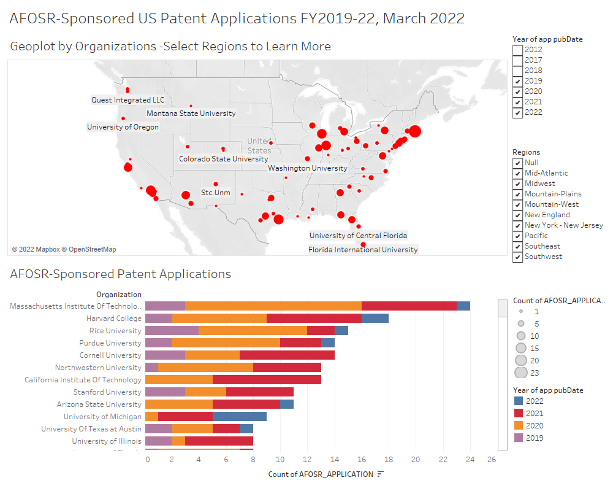
We are Tracking 754 active AFOSR related patents, 393 applications, 361 granted patents. We provide awareness on all 2575 US granted patents for AFOSR since 1976.
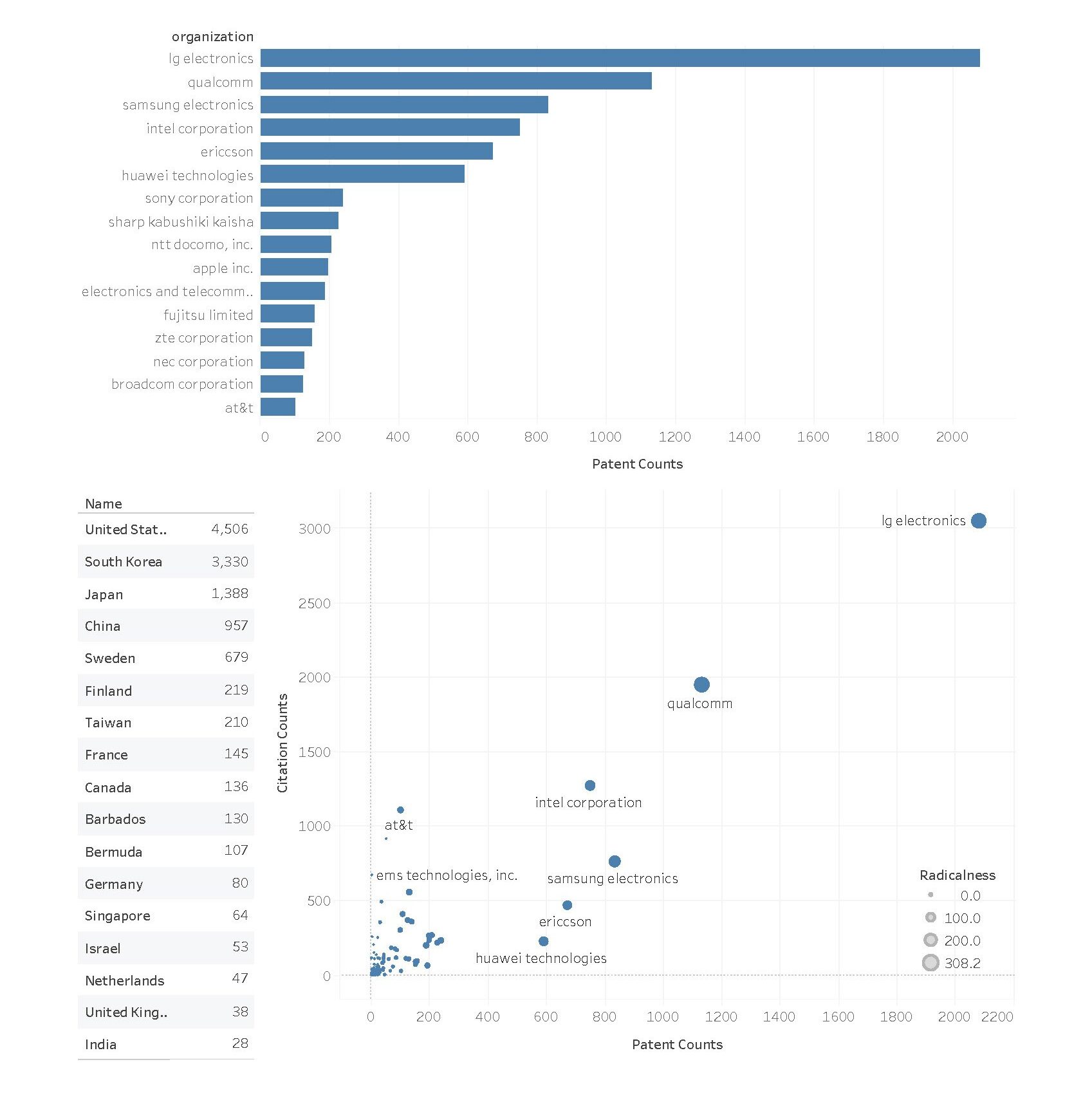
An AF Futures-directed study on spectrum sharing/cognitive radio. The analytics were used by our research team to guide deeper qualitative research on organizations and individuals identified to understand what spectrum
sharing technology is currently developed or being developed.
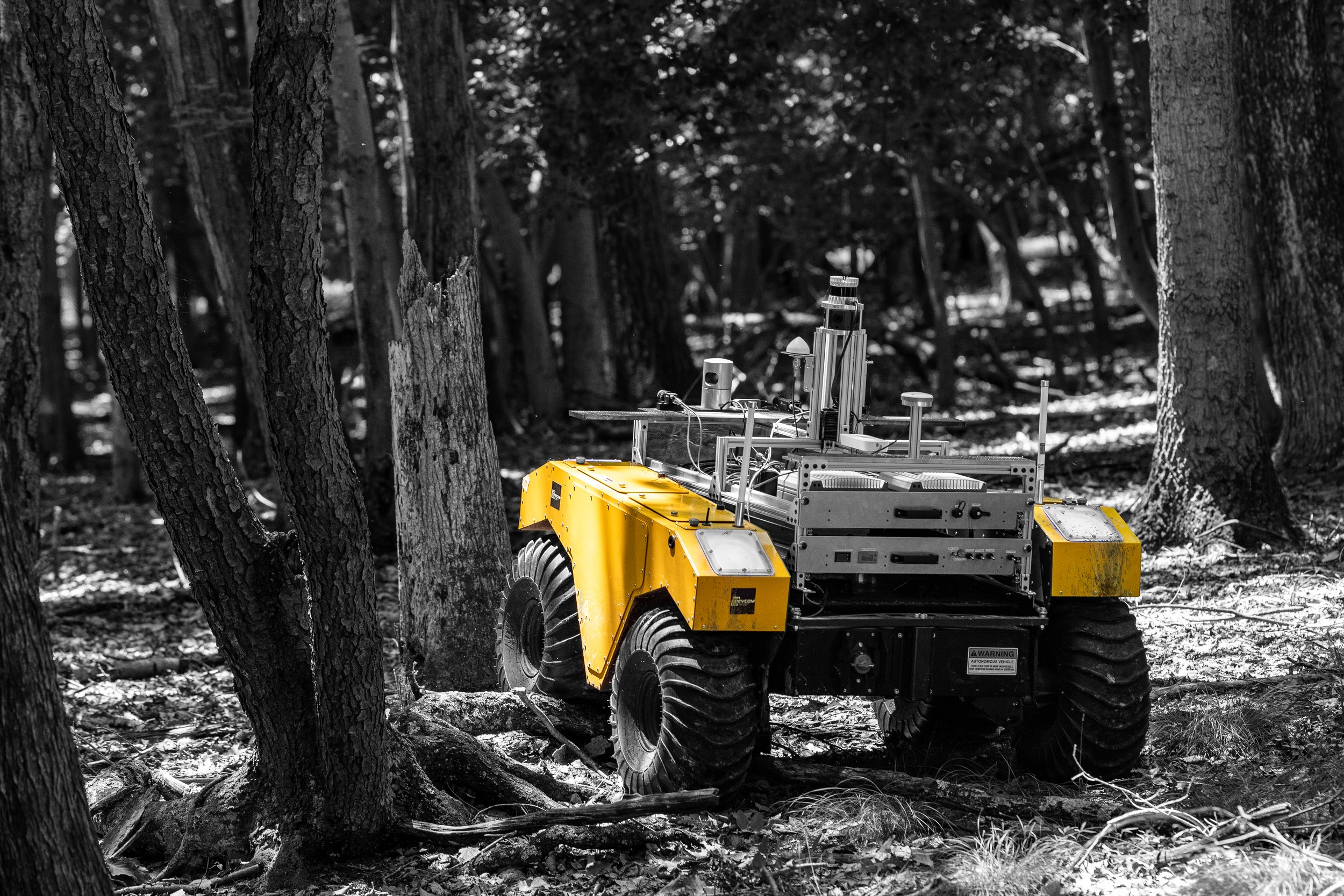
Each year, the Army STTR program develops a set of research topics that represent the Army’s current and anticipated warfighting technology needs, a portion of which are included in ther DoD STTR program. Proporals
for this program are developed by a small business in partnership with a nonprofit research institution to find innovative solutions for the US army. VT-ARC’s team works to provide the Army STTR program with the
best pool of potential candidates by using a combination of analytics and outreach. The team identifies relevant small businesses and research institutions working in key technology areas and hosts a variety of
outreach webinars meant to educate candidates on the STTR program and the Army’s needs, while providing networking opportunities to find the right application partner. The capstone of this effort is an Industry
Day where candidates can interview and hear from topic authors to gain additional understanding on Army needs. VT-ARC also maintains an outreach website, with Success Stories, process information, topic descriptions,
and other useful resources for candidates.

